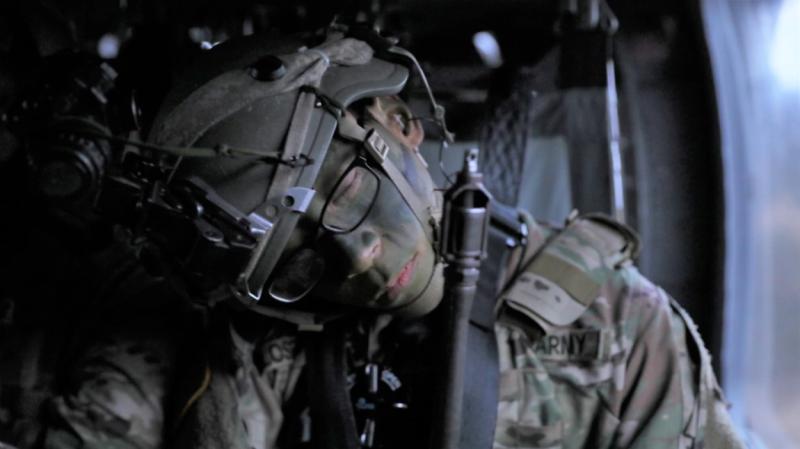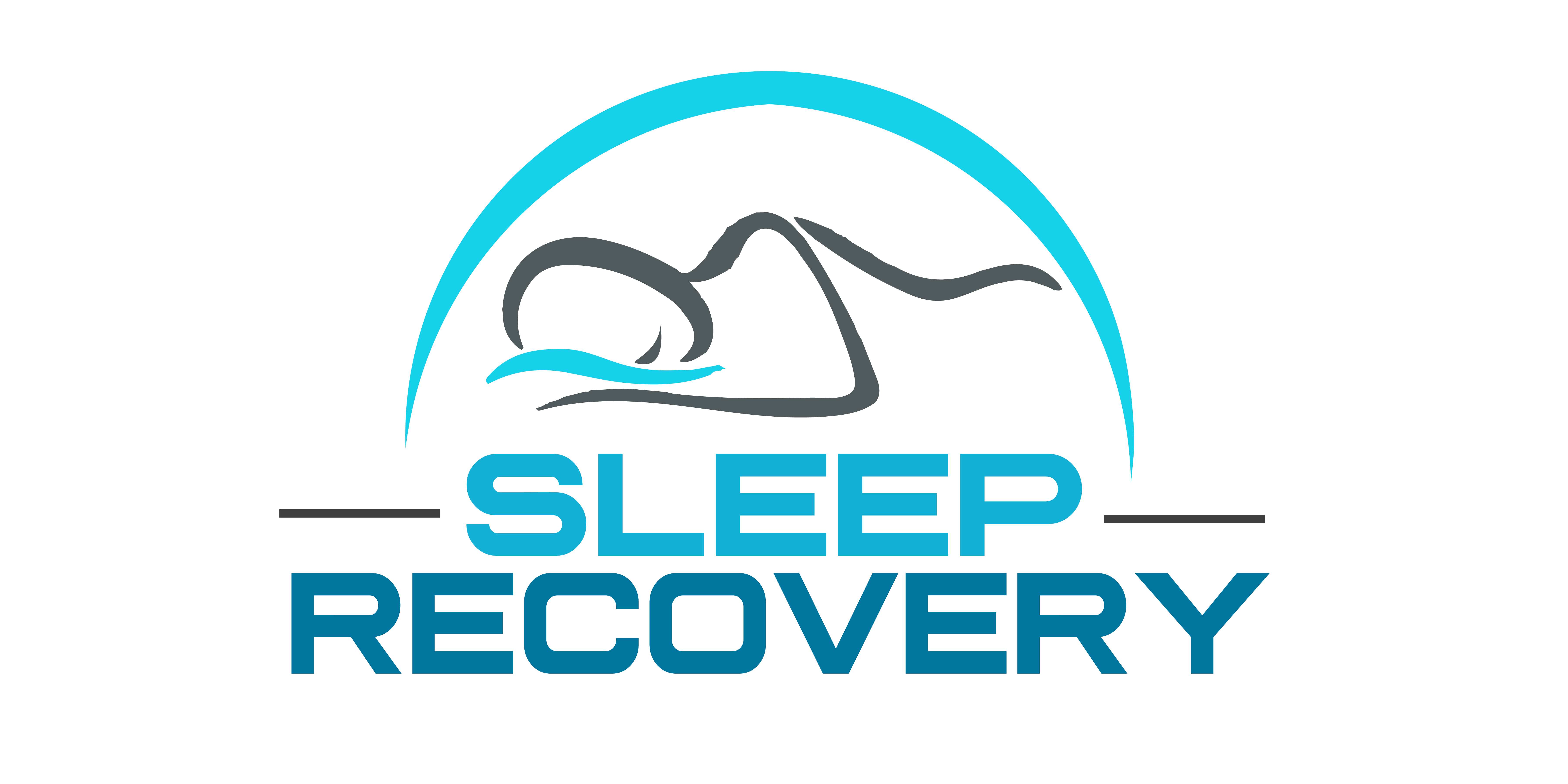Military Induced Insomnia: “Sleep is the Enemy” Ideology in US Defense History

A Marine Corps drill instructor stands over a recruit at 0300 hours, a metal trash can crashing against a metal bed frame, his voice cutting through darkness: “Sleep is a crutch for the weak! In combat, the enemy doesn’t care about your eight hours!” This moment—repeated across generations of military training—reflects more than simple hazing or toughening exercises. It embodies a complex philosophical stance toward human consciousness that positions sleep as an adversary to be conquered rather than a biological necessity to be respected.
The American military’s troubled relationship with sleep spans centuries, from Revolutionary War sleep deprivation during forced marches to today’s pharmacologically-managed alertness in special operations. This institutional attitude toward sleep reveals deeper currents running through military culture—tensions between biological reality and operational demands, between scientific understanding and warrior mythology, and between immediate readiness and long-term effectiveness. Through this lens, Military-Induced Insomnia emerges not merely as an occupational hazard but as a deliberately cultivated condition with profound consequences for both military effectiveness and veteran health.
The Historical Development of Sleep Antagonism
The military’s adversarial relationship with sleep predates modern warfare, though its formalization as doctrine largely emerged during World War I. Earlier conflicts indeed demanded periods of sleep restriction, but the industrial-scale combat of the Great War created unprecedented demands for continuous operations.
“Before 1914, military campaigns most often paused at nightfall,” historian Dr. Jonathan Matthews explains. “The introduction of artificial lighting, reliable timepieces, and eventually night vision technology gradually eliminated darkness as a natural constraint on warfare. This technological shift preceded the philosophical one, making continuous operations possible before they became ideologically mandatory.”
By World War II, the scientific management principles that transformed factories were applied to human performance, with sleep increasingly viewed as an inefficiency to be minimized. The OSS (Office of Strategic Services, predecessor to the CIA) began experimenting with stimulants to extend operational capacity. At the same time, training manuals increasingly emphasized sleep resistance as a trainable skill rather than acknowledging its biological foundation.
The Cold War accelerated this trend dramatically. The perceived existential threat of nuclear war created systems requiring 24/7 vigilance. At the same time, counterinsurgency operations demanded unpredictable schedules designed partly to deny sleep to the enemy—and partly to condition American forces to function without it. Vietnam-era training incorporated sleep deprivation as preparation for combat conditions; institutionalizing practices previously considered extreme measures.
This historical progression reveals a shift from the pragmatic acknowledgment of sleep architecture as necessary to be managed to an ideological position that frames sleep as a weakness. This shift in military training doctrines persists despite scientific evidence of their counterproductive effects.
Cognitive Performance Under Military Sleep Restriction
The contemporary military operates under a fundamental contradiction: it demands peak cognitive performance while systematically undermining the biological foundation necessary for that performance. Research from the Naval Postgraduate School demonstrates that sleep-deprived military personnel show decreased marksmanship accuracy, degraded decision-making capacity, diminished moral reasoning, and significantly reduced situational awareness—precisely the capabilities essential for mission success.
Dr. William Killgore, who studies combat effectiveness at the Walter Reed Army Institute of Research, notes: “After 24 hours without sleep, cognitive performance declines approximately 25%. After 36 hours, most people function roughly 50% of their baseline capacity. The tragic irony is that sleep-deprived soldiers subjectively believe they’re performing well even as objective measures show dangerous degradation.”
This subjective misperception explains part of why Military Induced Insomnia persists despite evidence of its harmful effects. Personnel conditioned to believe sleep resistance signals toughness and readiness often mistake impairment for adaptation. Leadership falsely mistakes hard-line persistence for optimal performance, failing to recognize that sleep-deprived units might complete missions but with significantly higher error rates, reduced initiative, and impaired judgment.
The cognitive decline associated with military sleep patterns mirrors that seen in clinical insomnia, with similar impairments to memory consolidation, emotional regulation, and executive function. However, while civilian insomnia typically triggers help-seeking behavior, military culture often rewards the ability to function despite these impairments, creating a dangerous disconnect between physiological reality and institutional values.
Disciplinary Function of Sleep Deprivation
Beyond its operational justifications, sleep deprivation serves explicit disciplinary functions within military training and culture. Basic training across service branches systematically disrupts sleep patterns to break down individual identity and establish hierarchical control.
“Sleep manipulation is central to the resocialization process of military training,” explains Dr. Catherine Lutz, anthropologist and author of “Homefront: A Military City and the American 20th Century.” “Military institutions establish profound authority over basic biological functions by controlling when recruits can sleep. This process creates absolute dependency and a severing from civilian sleep norms that formerly structured identity.”
This resocialization extends beyond initial training. Throughout military careers, the ability to function with minimal sleep becomes a status marker, with senior personnel often modeling sleep deprivation as leadership behavior. Stories of legendary commanders requiring minimal sleep become part of institutional mythology, creating implicit pressure to demonstrate similar capacity regardless of biological differences in sleep needs.
The disciplinary aspects of Military-Induced Insomnia extend into operational contexts as well. Sleep allocation often reflects rank-status hierarchies, with junior personnel assigned watch schedules that fragment sleep into unrestful segments, while senior personnel receive more consolidated rest periods. These practices reflect not operational necessity but institutional power structures, reinforcing that adequate sleep is a privilege rather than a biological requirement.
The Pharmacological Management of Military Alertness
As scientific understanding of sleep’s necessity has gradually infiltrated military ideology, the response has not been to prioritize adequate rest but to develop pharmaceutical interventions that maintain alertness despite sleep-induced exhaustion. This approach reached unprecedented levels during recent conflicts in Iraq and Afghanistan, where stimulant use became normalized across conventional and special operations forces.
“Nearly 85% of special operations personnel report using prescription stimulants during deployments,” notes Dr. Richard Jenkins, former military physician and current sleep medicine specialist. “What began as emergency measures for specific high-risk operations evolved into routine management of chronic sleep deprivation. This pharmacological approach allows the institution to maintain sleep-hostile practices while masking the most obvious performance decrements.”
This reliance on stimulants creates complex problems beyond the immediate operational context. Personnel develop dependencies that persist beyond deployment, contributing to the epidemic of sleep disorders among veterans. Additionally, pharmacological management reinforces the ideological position of sleep as an enemy by suggesting that everyday biological needs can and should be chemically overcome rather than respected and accommodated.
The military’s track record with alertness management mirrors its earlier mishandling of pain management, which contributed significantly to the opioid crisis. In both cases, pharmaceutical interventions designed for exceptional circumstances became routine coping mechanisms for conditions that might better have been addressed through structural changes to military practices.
The Sleep Recovery Approach to Military Sleep Disorders
Sleep Recovery, Inc. has worked with numerous military personnel transitioning to civilian life, addressing the insomnia patterns that often persist long after service. “What distinguishes veterans with sleep disorders is not just the severity of their symptoms but the complex relationship they’ve developed with sleep itself,” explains David Mayen, founder of Sleep Recovery. “Many come to us not simply struggling to sleep but actively fighting sleep as if it represents weakness or vulnerability.”
This internalized antagonism toward sleep requires specialized approaches that address both the neurophysiological dysregulation and the philosophical stance toward sleep developed during military service. Standard insomnia treatments often fail with veteran populations precisely because they don’t address this more profound relationship with consciousness states.
“Our approach with military clients focuses first on neurological retraining through brainwave entrainment,” Mayen notes. “This directly addresses the hypervigilance patterns established during service. But equally important is what we call ‘sleep reconciliation’—transforming their relationship with sleep from adversary to ally.”
Sleep Recovery’s protocols for veterans emphasize understanding how military sleep patterns that serve protective functions in combat environments become maladaptive in civilian contexts. Rather than pathologizing these patterns, their approach acknowledges their original purpose while facilitating the transition to healthier sleep architecture that is more appropriate to current circumstances.
This balanced perspective has proven particularly effective with veterans who resist traditional sleep interventions due to their military indoctrination against sleep dependency. By honoring the functional aspects of military alertness while addressing its costs, Sleep Recovery creates a bridge between military identity and civilian sleep health that has helped hundreds of veterans recover from Military Induced Insomnia.
The Changing Landscape of Military Sleep Doctrine
Despite its deep historical roots, the military’s adversarial stance toward sleep shows signs of evolution. The past decade has seen emerging recognition within defense establishments that sleep deprivation undermines rather than enhances combat effectiveness. The Army Performance Triad officially recognizes sleep alongside physical activity and nutrition as foundations of soldier readiness. At the same time, some elite units have begun incorporating sleep optimization rather than sleep deprivation into their training regimens.
“The shift is gradual but significant,” explains Colonel James Williams, who leads sleep integration initiatives at the Army War College. “We’re moving from viewing sleep as an obstacle to overcome toward understanding it as a weapon system to optimize. Just as we wouldn’t deliberately degrade a weapons platform, we’re recognizing that degrading the human platform through sleep deprivation is counterproductive.”
This evolution faces significant cultural resistance. For generations of military leaders shaped by and invested in sleep-deprivation practices, scientific evidence alone proves insufficient to change deeply held beliefs about warfare, readiness, and toughness. The warrior ethos that valorizes functioning despite biological limits remains powerful, particularly in combat arms specialties and special operations communities.
The most promising approaches integrate sleep science with military values rather than positioning them as opposites. The Naval Special Warfare Command now teaches operators that strategic sleep management enhances rather than undermines combat effectiveness, framing adequate sleep as a tactical advantage rather than a weakness. Similarly, the Army Ranger School, long infamous for extreme sleep deprivation, has modified its approach to better distinguish between deliberate stress inoculation and counterproductive sleep elimination.
These changes suggest a potential future in which Military-Induced Insomnia becomes less central to military identity and function. However, as with any deeply embedded cultural practice, transformation will likely require generational change rather than mere policy adjustments.
Beyond the Military: Cultural Spillover Effects
The military’s stance toward sleep extends beyond its institutional boundaries, influencing civilian sleep attitudes through cultural transmission. Military-derived phrases like “I’ll sleep when I’m dead” and “sleep is for the weak” have permeated civilian work cultures, particularly in high-pressure fields like finance, medicine, and technology. This indoctrination represents what sociologists call “cultural militarization”—the adoption of military values and practices within civilian contexts.
Veterans entering civilian workplaces carry military sleep attitudes, sometimes becoming vectors for sleep-hostile practices and beliefs. Corporate “boot camps” and executive training explicitly borrow military sleep deprivation practices despite evidence of their negative impact on productivity, innovation, and decision quality. These borrowings typically lack the operational justifications in genuine military contexts, becoming performative demonstrations of toughness rather than functional necessities.
This cultural spillover creates broader public health concerns as Military-Induced Insomnia shapes civilian sleep norms. The valorization of sleep deprivation as a demonstration of commitment and strength contributes to the normalization of insufficient Sleep throughout American society, with consequences for everything from traffic safety to chronic disease rates.
Understanding the historical development and contemporary manifestations of Military-Induced Insomnia provides crucial context for addressing these broader cultural patterns. We can begin separating necessary vigilance from counterproductive sleep antagonism by recognizing how the “sleep is the enemy” ideology emerged from specific military circumstances yet persists beyond reasonable operational requirements.
The path forward requires neither uncritical acceptance of military sleep practices nor dismissal of genuine operational demands. Instead, both military effectiveness and veteran health would benefit from approaches that honor the protective functions of vigilance while recognizing the biological necessity of adequate sleep. The evolution from viewing sleep as the enemy represents not abandoning military values but thoughtful adaptation to biological reality. A reconciliation that could enhance rather than compromise the defense capabilities these practices initially sought to strengthen.
References:
- Deployment-Related Insomnia in Military Personnel and Veterans. https://pmc.ncbi.nlm.nih.gov/articles/PMC3832138/#:~:text=Those%20serving%20in%20combat%20zones,symptom%20severity%20at%20follow%2Dup.
- Insomnia in United States Military Veterans: An Integrated Theoretical Model. https://pmc.ncbi.nlm.nih.gov/articles/PMC5930488/
-
Incidence and Management of Chronic Insomnia, Active Component, U.S. Armed Forces, 2012 to 2021. https://www.health.mil/News/Articles/2023/01/01/Chronic-Insomnia-MSMR-Vol30-No1
- Interest of neurofeedback training for cognitive performance and risk of brain disorders in the military context. https://www.frontiersin.org/journals/psychology/articles/10.3389/fpsyg.2024.1412289/full
- Semi-Automated Neurofeedback Therapy for Persistent Postconcussive Symptoms in a Military Clinical Setting: https://academic.oup.com/milmed/article-abstract/185/3-4/e457/5584913?redirectedFrom=fulltext



